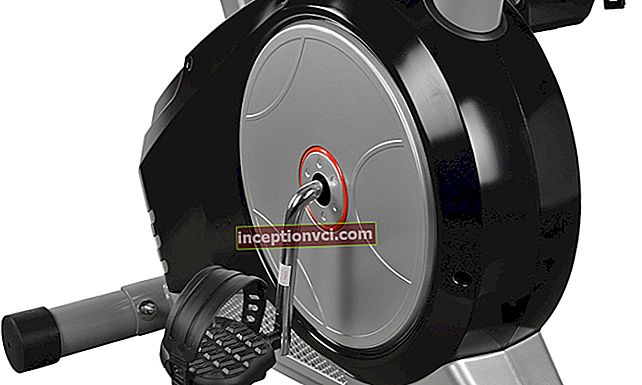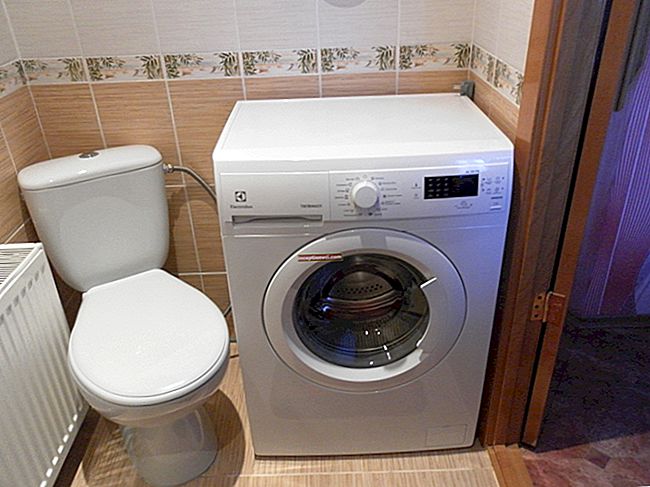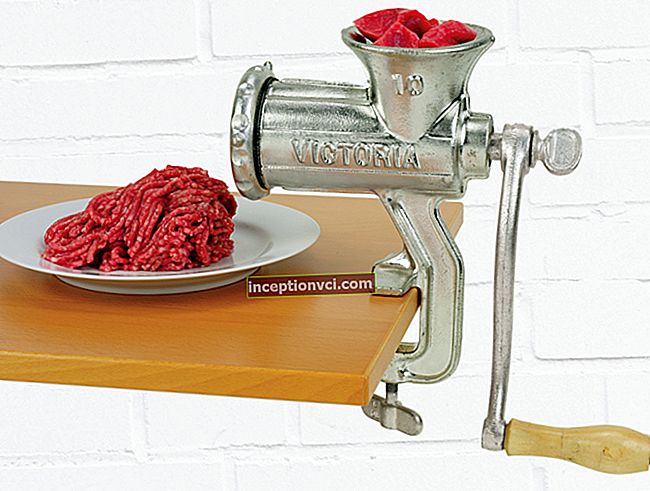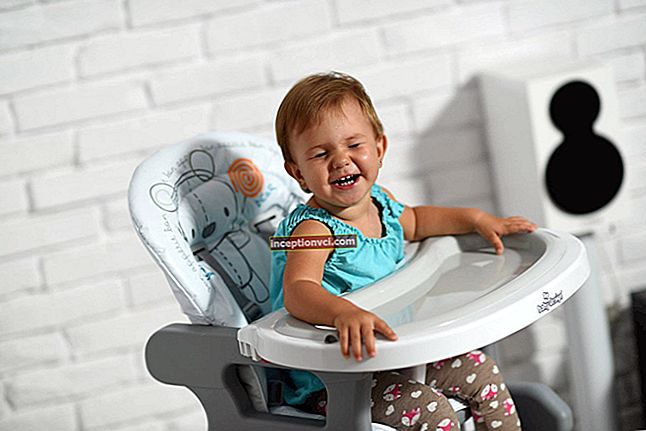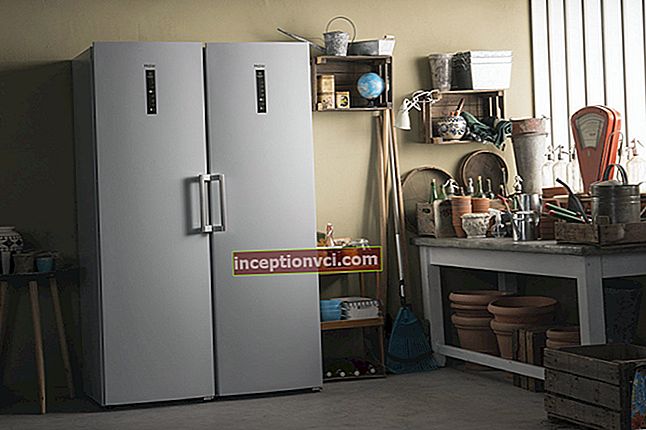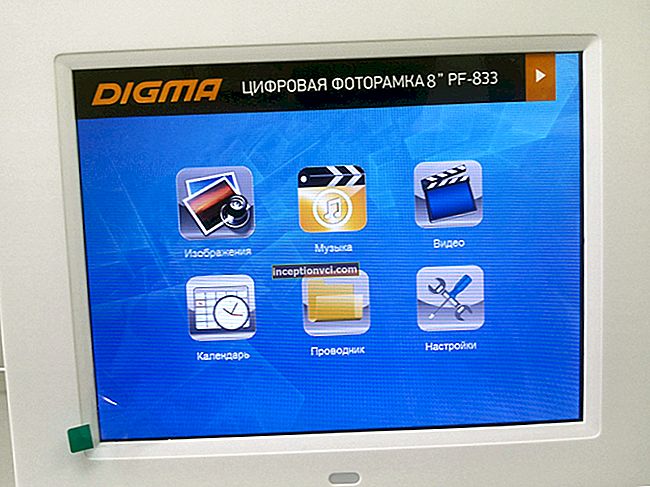I have just reviewed the first reader on the Ukrainian market based on SiPix electronic ink - Onext Touch and Read 001. Models from a little-known company that fills the heart with optimism with its good level and the very fact of competition that has appeared on the electronic ink market. But the classics of the genre are not lagging behind either. Sony, a pioneer of the e-reader market, presented two new models based on the new generation of E-Ink at IFA in September. PRS-350 and PRS-650. Pocket Edition and Touch Edition. Today we bring to your attention an overview of new products. For the PRS-650, it is the first in Ukraine.
Key Features Sony Pocket Edition (PRS-350):
- Screen E-Ink Pearl with touch coverage, diagonal 5 ", 600x800 pixels, 16 shades of gray
- Communications: USB
- Built-in memory - 1.4 GB
- Support for book formats: ePub, PDF, BBeB Book, TXT, RTF. Multimedia: JPEG, PNG, GIF, BMP.
The price in the USA is $ 179.
Key Features Sony Touch Edition (PRS-650):
- Screen E-Ink Pearl with touch coverage, diagonal 6 ", 600x800 pixels, 16 shades of gray
- Communications: USB
- Built-in memory - 1.4 GB
- Support for book formats: ePub, BBeB Book, PDF, TXT, RTF, Microsoft Word. Multimedia: JPEG, PNG, GIF, BMP, AAC, MP3.
- Slots for SD and MS memory cards
The price in the USA is $ 229.
Design and construction:

The designer line of Sony readers was set not a year or two ago. Metal cladding, thickening on the left edge, sonystyle minimalism - all this stretches almost from the first readers of the company.

The PRS-650 is generally not easy to distinguish on the fly from the PRS-600. This, perhaps, is not bad, why destroy the building, the architecture of which is not satisfactory and still looks fresh?

And the PRS-350 is a smaller PRS-650. Smaller dimensions, the same silver buttons, elegantly integrated into the screen border, only smaller. But white plastic running around the perimeter. The main difference. Visually makes the junior model cheaper and simpler. Everything is in aluminum, with plastic on the edges.

There are more significant differences in ergonomics and arrangement of functional elements. But they are due to differences in the same additional functions.

At the bottom of the PRS-350 there is no 3.5mm headphone jack and volume rocker (due to the lack of multimedia capabilities), but there is the same Reset hole and microUSB connector.

The smaller reader has no slots for memory cards and their loading indicator on the upper end, but the power lever together with the status indicator is in place.



On the right edge, both models get a large stylus, which, by the way, is slightly different in design.
The left rib and back surface are free of functional elements.

Dimensions Sony PRS-350 - 105x146x9 mm, weight - 155 grams. Smaller and lighter readers, to be honest, I have not seen. At the same time, there is still a five-inch screen, so there is no need to talk about the inconveniences of reading. It's okay with that. And the reader really fits in your pocket. And does not delay him. Very good.

Dimensions Sony PRS-650 - 120x168x10 mm, weight - 215 grams. Also not the largest, but still a six-inch (not too pocket-sized) reader. Without a bunch of additional buttons, since it is touch-sensitive, which saves a lot of space. The weight in comparison with PRS-600 has decreased by a third, the metal body, besides the fact that it pleasantly cools the hand, is not felt in any way.
The build quality of both models is excellent. It is this combination of metal, laconic design, build quality that creates that aura that makes these readers fall in love almost at first sight.
Equipment:

Both models do not have a rich bundle. The set includes:
- PC connection cable (also used for charging)
- Documentation
Control and interface:
The control scheme for both heroines of today's test is absolutely identical, so I will not somehow divide this section between the readers.

Surprisingly, the pretty good PRS-600 interface is thrown aside. Sony has come up with a new one. Even better, though. But the mechanical buttons remained exactly the same, exactly the same: scrolling back and forth, quick return to the main menu, fonts scaling and a button to call the context menu. Return to the previous screen by holding down the Options key for two seconds, or by touching the corresponding icon on the screen. The circuit is very good.
By the way, it is precisely among the mechanical keys that the only difference between the junior and senior models lies, I have already written about it. This is a volume rocker.

Now - the promised interface. Sony has a right to be proud of him. On the first page of the main menu, we see everything related directly to e-books. The book being read at the moment, the last three from a personal bookshelf (all of it is called up entirely by touching the inscription "See All"), below: periodicals (not relevant for Russia, unfortunately - although you can buy and read Western editions in Western languages ), collections (a kind of local analogue of the "chosen one"), notes "in the margins". And bookmarks leading to the other two pages of the main menu.

The bookshelf is a matrix of signature covers. If there is no cover, the first page appears on the screen. Books can be sorted according to various criteria.

The second page contains additional options. The PRS-350 has pictures, drawings, a dictionary and a notebook. The PRS-650 also has an audio player.

The third page contains all the settings. There are not very many of them, and they are conveniently broken down by their type.

All icons are perfectly adapted for touch control, with this in general, very few people have problems lately. The sensitivity of the screen has also increased and is not satisfactory (the touch screen here is based on an infrared "film"). Styluses, despite the fact that they differ slightly in appearance, are equally comfortable. Overall, the new Sony Reader scores a solid "five" in terms of control system.
But, having already given a rating, I am forced to write about the key drawback of these readers, for which Sony is to blame insofar as. There is no support for the Russian language. Neither in the menu (Russian is not included among the seven languages built into the reader by default - and the company does not need it, no one sells the Sony Reader here officially), nor, more sadly, in the display of book titles. As a result, even if the text is displayed quite correctly when reading, we have books in the library, headed by white squares. This is sad.
Functionality:
A few words about the additional features of the new Sony readers. Nothing new has appeared in comparison with the PRS-600. Its direct successor, PRS-650, carries on board an audio player, a program for viewing pictures, and a proprietary drawing. The PRS-350 doesn’t just have an audio player.


The audio player is quite mature, with tagging, picture display and shuffle. Music plays in the background.

It is quite convenient to watch pictures. Only if you like black and white colors. But there is a customizable slideshow.

Drawing is simple but effective. There is a "pen", there is an "eraser". There is a screen with a normal response time.

In sleep mode, a screensaver works in the form of a randomly selected picture from those currently downloaded to the device.
Built-in memory for both models is the same size - 1.4 GB. For PRS-350, where there is nothing to store, except for weighing a little e-books, this is enough. The PRS-650 has two memory expansion slots, SD and MS. Cards up to 32GB are supported.
Reading:

The most important thing that has changed on the new generation of Sony Reader is, of course, the display. Yes, it's still E-Ink Vizplex, but a new generation, with significantly improved contrast, more grayscale, faster response times and an even lighter underlay. It would seem not so much, but the effect is excellent. A completely different level. Reading a book from an e-reader has never been so enjoyable.

The main complaint about readers, the need to wait until the screen is refreshed, is now practically reduced to nothing. The update time is significantly less than the previous half-second. Critics will find fault with the fact that the screen still turns black when switching to another page, but there is definitely no way to get rid of this. There is no electronic ink without such a feature.
Also, quite unexpectedly, another expected claim is removed - the glaring touch screen coating.Thanks to the applied infrared technology, there is no need for additional film or glass - and glare, accordingly, does not appear. Almost no interference with reading, frank progress compared to the same PRS-600.

Text control remains the same as before, with minor improvements. Pressing the button with the magnifying glass brings up a menu with font sizes and page display type (there are 5 types of them here).








Everything else is configured in the context menu, especially the ability to make handwritten notes directly over the text (for example, underline the necessary quotes) and change the brightness and contrast of the screen. The screen orientation is also switched either from this context menu or from the settings menu. There is a text search (without the support of the Russian language, of course).
Now another couple of fly in the ointment. And, again, connected precisely with the Russian operation of the Sony Reader. First, a list of supported formats: ePub, BBeB Book, PDF, TXT, RTF, Microsoft Word for PRS-650 and the same, minus Word, for PRS-350. You can see for yourself, there is no FB2, no DjVu. Ok, you can handle this, there are one-button converters from FB2 to ePub. But a second problem arises, with the support of Cyrillic fonts. Books converted in the "wrong" converter simply cannot be read on the Sony PRS-350 and PRS-650. Only downloaded originally in ePub format, or converted with embedded fonts. And this is already a problem - the ePub library in Russian is not that wide. Although there is already an unofficial firmware that adds Russian to the list of available interface languages.
Battery:
The built-in batteries on both the PRS-350 and the PRS-650 provide the promised two weeks on a single charge, or 7,500 pages. If you do not use additional functions, like the same audio player.
Opinion:
At one time it seemed that Sony and its readers were at an impasse. Not knowing what to offer to replace the super-successful PRS-505, she tried to expand the model range (not bad, but don't buy a second reader for the existing one), equip the reader with a touch screen (which had a great effect on the ease of control, but it's terrible for ease of reading). But the PRS-505 was still the company's best product in this area. But the last two innovations throw her off the pedestal. Sony found pain points and fixed them.
The main thing that makes the Sony PRS-650 and PRS-350 so attractive is the elimination of touch-glare issues and the new E-Ink Pearl e-paper (with a lighter backing, faster response time and high contrast). It would seem a little, but multiplied by the previous advantages in the form of a metal case, a polished interface and a proven brand, it gives an immodest result - these are the best reading rooms on the western market. If I were living somewhere in the US now, I would immediately get out of my wallet $ 180 or S230 and go to the store to buy one of them.

But I live in Ukraine, and they are very expensive here. They do not support the most common format of books in their native language, FB2 (although there are intelligible one-button converters, let them have to look for them) and, of course, are deprived of a guarantee - there are no official deliveries, and are not expected. How much you are willing to put up with all this - decide for yourself.

